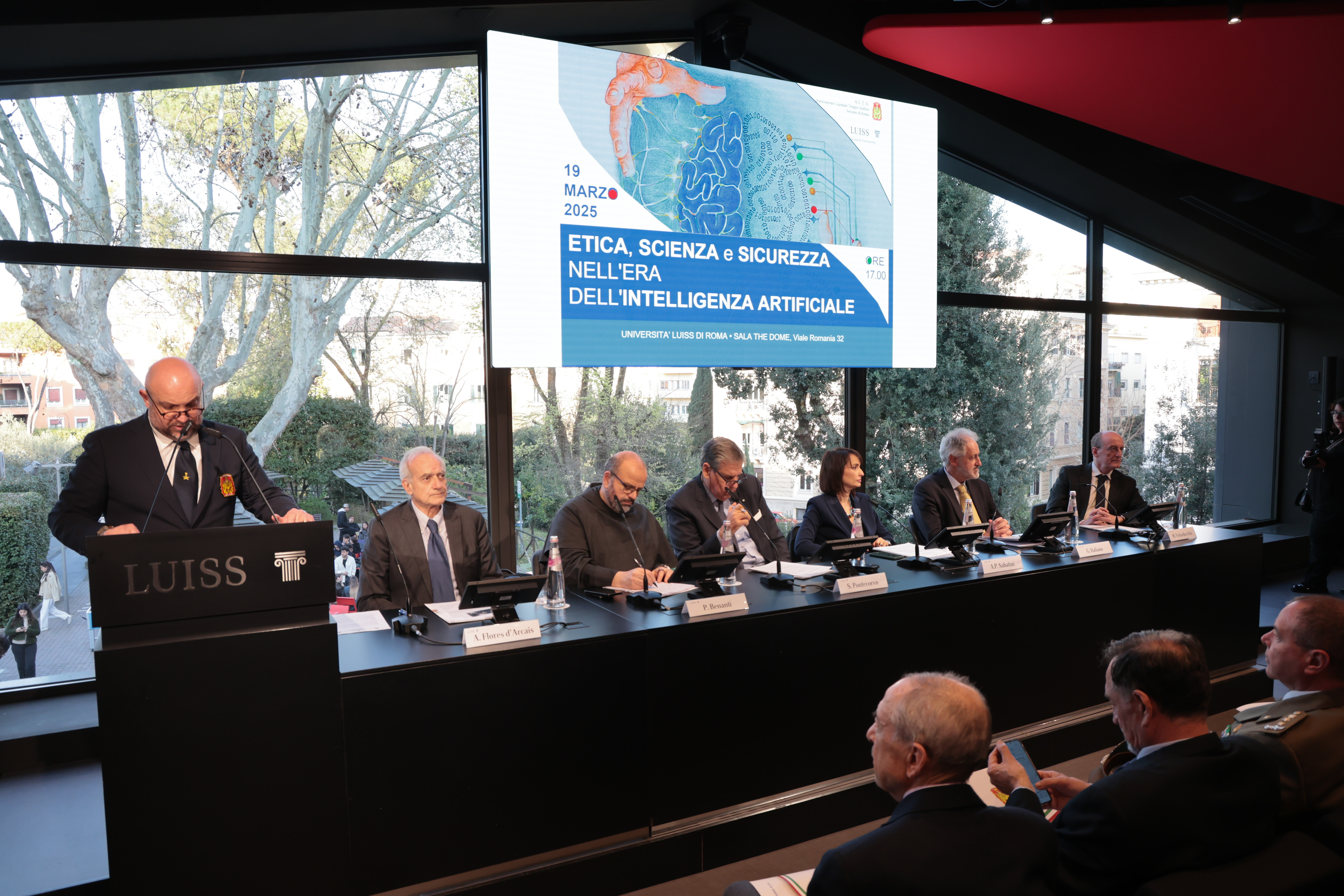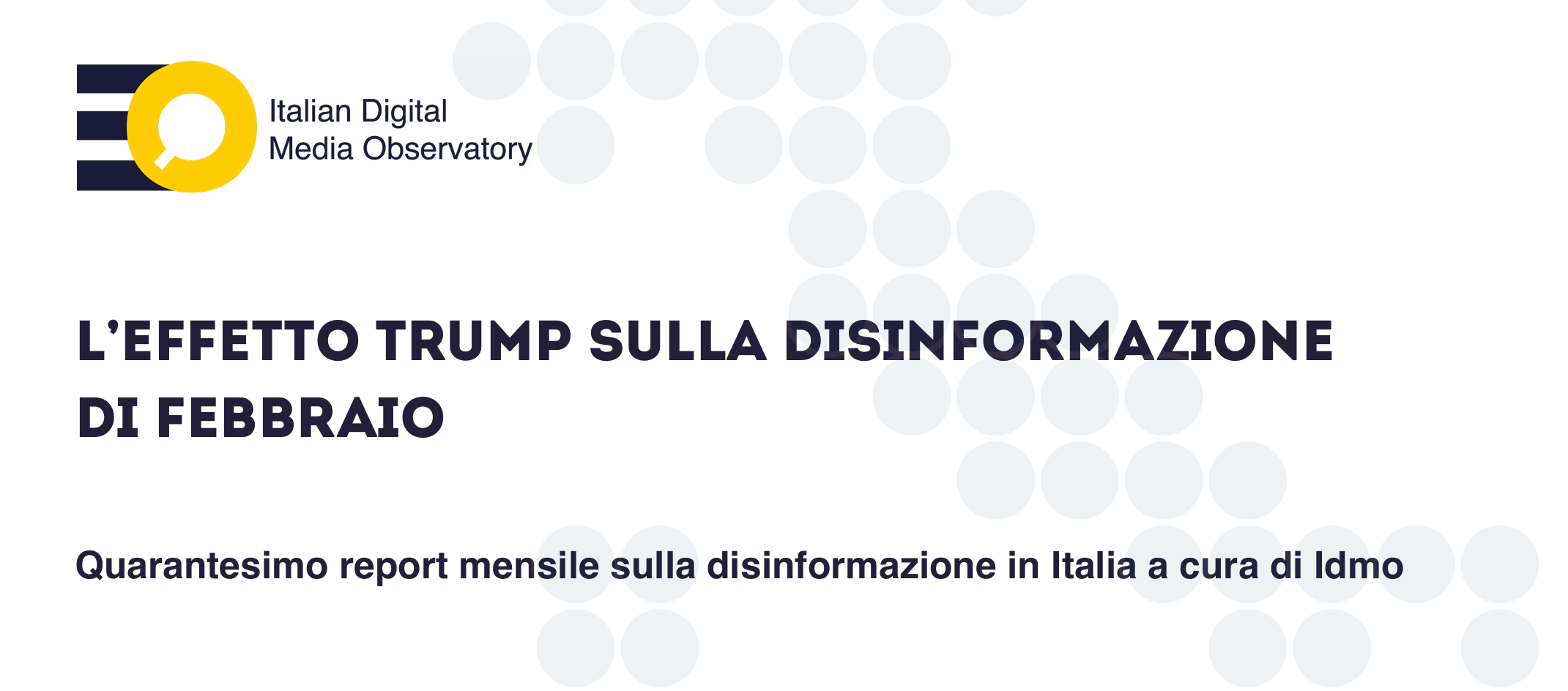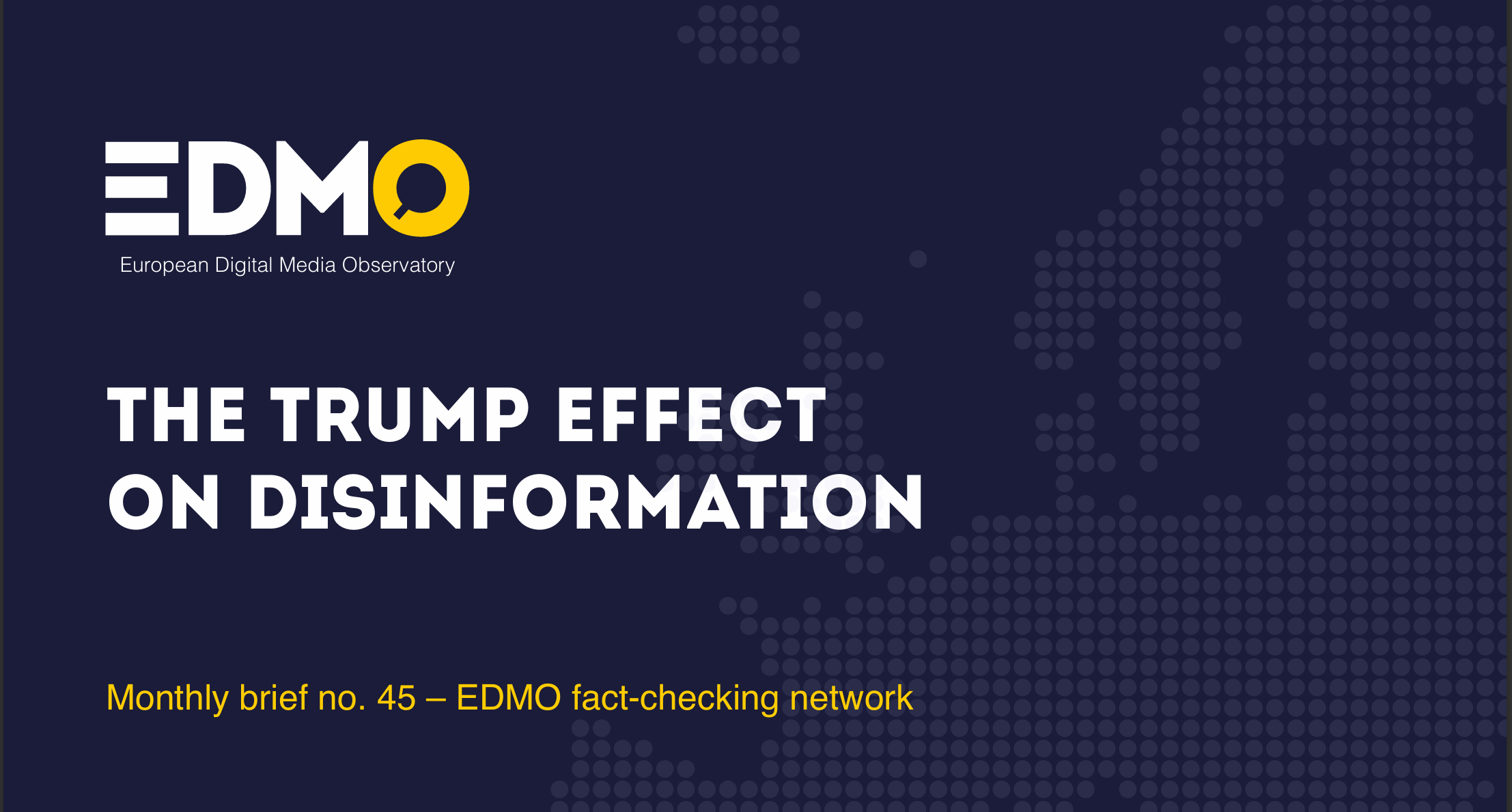Article by Silvia Stellacci, student of th Master in Journalism and Multimedial Communication of the Luiss University
Yevgeniy Golovchenko follows the conflict that broken out in Ukraine, his homeland, from Copenaghen, where he lives and works as a researcher. «I am not a fact-checker, but I hope that what I do can help everyone, journalists and ordinary people, to counter disinformation».
Yevgeniy Golovchenko follows the conflict that broken out in Ukraine, his homeland, from Copenaghen, where he lives and works as a researcher. His studies on politics on social media, online censorship and disinformation are a valuable source for those who try to orient themselves in the ocean of news regarding the Russian invasion of Ukraine.
How does your work and your studies connect with what is happening in Ukraine now and with the Russian disinformation in general?
«I’ve studied different aspects of information warfare. I began doing my research as a Ph. D student back in 2017. Among the topics that I studied empirically – by collecting a lot of data from social media – there is the active role played by citizens on social platforms. I’ve also done research on the strategies behind the pro-Cremlin disinformation and on the use of censorship as part of warfare information in Ukraine
Right now I’m not collecting data. I’m focusing on reading the news from morning to evening and many of the patterns I have seen are the same. So of course I hoped to disseminate the notions I’ve collected with my co-authors throughout the years. I’ve tried to make sense of the confusing, contradicting information that come from abroad.
This also means that I’m not a fact-checker. There are people that are fact-checker way better than I am, but I do collect other people’s fact-checks and I do collect contradicting statements that are obviously mutually exclusive. Hopefully useful for future research and for future me when I’ll be looking back at this at some point».

Has the war that unfortunately broke out in your country changed your approach to your work? Do you think that the fight against disinformation circulating these days is a form of resistance against Russia and its invasion of Ukraine?
«Yes, totally. My background is that. I’ve migrated from Ukraine and I left for Denmark 20 years ago. I’m in Copenhagen now and I’m watching the war from abroad. How this affects what I do during the day? Well, I think there’s an ethical conflict between doing what I’ve done normally and what I do now. By this I mean that if I continued doing my research normally, I would probably be caught in data by this specific topic and then I’d be writing up the paper, maybe in half a year I would send it for review and in a year you would see my results.
So right now I stopped all this. It’s that I try to focus 100% on dissemination. I’m disseminating the notions I have and I’m trying to help journalists, in particular those who may have heard of Ukraine at some point but who are also new to this. I’m trying to make sense out of the situation. In other words, this kind of research that I’ve been doing and that is very long-term has been replaced with more civic duty, in order to help journalists and ordinary people to make sense out of the situation».
What is the impact of disinformation on the war that has broken out in Ukraine?
«It’s very difficult to analyze, to do research on what is happening right now, because research does take a lot of time. But this war has been coming for a long time, so we can look at existing surveys and data trying to make sense out of this.
For example we know that there are recent studies that tried to measure how good Ukrainians are at separating pro-Cremlin disinformation from not pro-Cremlin. On average they’re pretty good and this also gives an insight of what’s going on.
Civil society, citizen journalists, bloggers, activists play a role in both spreading disinformation and counter disinformation. Based on previous knowledge, I’m expecting civil society to play a role in this conflict and I hope that this inside help could make clear what’s going on».
Which are the difficulties in verifying news that come from a war context?
«There are many difficulties when comes to verifying. Particularly because – as an ordinary user or even as a researcher, who can only be in one place at a time – verifying things that happen on the ground takes a lot of time and meanwhile disinformation/misinformation could spread worldwide. When it comes to highlighting contradictions, especially for fact-checkers, is really a race against time.
The main challenge is “the fog of war”. Fact-checking is difficult, doing research on disinformation is very difficult but doing this in the context of war, where information is weaponized and informers are used to cause confusion on purpose, makes it even more difficult.
Here’s an example of something I was confused about and frankly I’m still confused about. At some point a west news outlet wrote that, according to Kiev’s mayor Klitschko, the city was surrounded. Later on the news was retracted by someone from the mayor’s office. How do you verify if Kiev is surrounded or not? It’s difficult to map movement of troops live, especially in the context of contradicting statements.
So that’s one of the main challenge: “the fog of war”, the massive wave of contradicting information, the confusion caused not only by Russia but also by good journalists who are themselves confused».
Why did you decide to analyze fake news starting a thread on Twitter?
«I think that my main goal was to catalog disinformation, so that we can understand this phenomenon and – most importantly – the journalists that follow me can comprehend it. Because I realized that there has been a lot of news and discussion about misinformation/disinformation during the context of, for instance, the election in US in 2016, but this scenario is completely different.
We are talking about misinformation in the context of war, where disinformation is used not only to affect the opponents in the long term, but it’s also used to achieve goals on the battlefield, to spread confusion, to spread panic, to spread fear.
So I was hoping to create awareness, in particular among professional journalists, about the special characters of the phenomenon so that they maybe can counter disinformation better».
What methodology do you follow to analyze and select fake news?
«I often rely on fact-check that are made by others and I always try to verify myself. The simplest thing that you can do is to take two contradicting statements, even if you don’t know which one is correct – obviously with the mutual exclusion, one of them is wrong.
For example, Russian troops could not have landed and not have landed in Odessa in a particular day at the same time. Kiev couldn’t be circled and not be circled at the same time. Obviously that’s got to be something wrong here. So I try to stick to relatively clear cases, all cases that have been fact-checked.
But basically my routine is the following: when I wake up in the morning, the first thing I do is turning on Russian state-controlled media, Ukrainian media, Twitter and western media. Then I try to make sense of what is going on, I try to understand what narratives are obviously disinformation, which ones are misinformation, which ones are simply confusing and what this all means in the context of the political situation that we are in.
I try not to fact-check for the sake of fact checking. For me is about trying to understand the broader political context of what is happening, what’s the tragedy here, what’s the potential tragedy behind».
Which are the useful strategies to recognize the fake news circulating about the Russian invasion of Ukraine?
«There are several approaches, methods and tools that you can use. One thing that we are seeing now and that we have seen all the way back to the beginning of the war in 2014 is that a lot of the videos from previous conflicts are recycled. It’s not always clear why.
An example is that a picture of a plane shot down in Libya can be used to show us that Ukrainians are shooting down a Russian plane. When it comes to an image, you can easily google a reverse image search and see if the picture appears anywhere else or if the title appeared anywhere else before. This is the first useful method to discover if something is just a recycled misinformation.
Another thing that you can do is obviously always verify from multiple sources, because, especially now, it’s important to prioritize quality over quantity. Because this is war. Because the more we produce uncertain news, the more difficult it is to navigate in this. It’s also part of the militar strategy used to sow confusion. So especially at the moment it’s important to verify sources, if there are other credible sources that can confirm the news.
When it comes to social media, instead, a trend that I noticed is that of creating fake accounts for a particular event. Does this mean that an account that has been created today is fake? No, definitely not. But it’s a frequent sign that it may be fake. Particularly the accounts portraited to be official authorities of some sort. So be extra wary, be extra careful with new accounts.
Last thing you can do is to look at the content. For instance, a strategy used by fake Russian accounts – that interfered with the US election in 2016 – is that they may have posted politically moderate posts, they may have posted contents that were not related to war or politics and then, all of a sudden, they pushed a very particular narrative. It’s a sort of pre-propaganda. So scroll down in the history of social pages and see if there’s something that sticks out».



